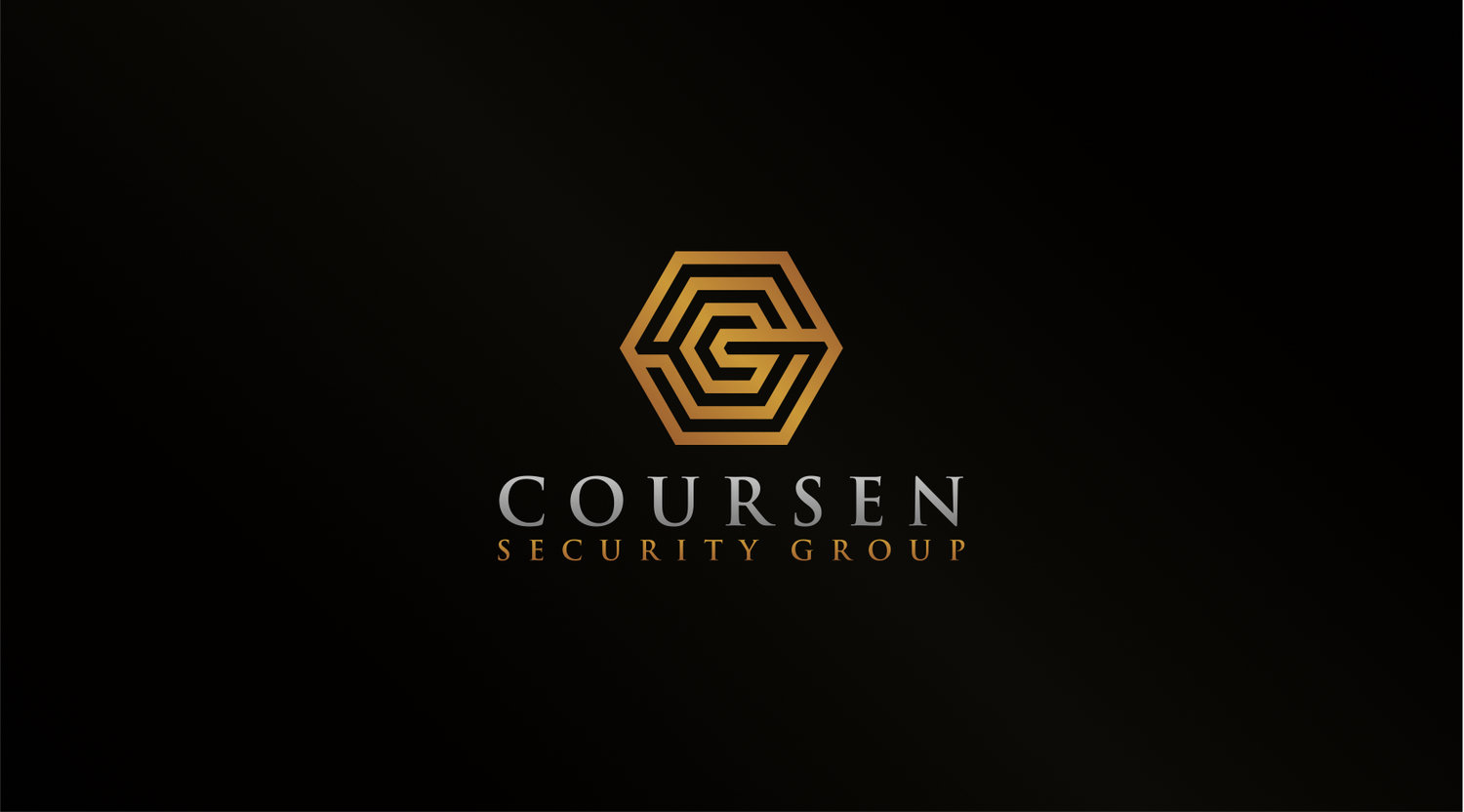- Spencer Coursen's Safety Made Simple – Daily Safety Tip
- Posts
- In the Crosshairs: Why CEOs Are Under Attack
In the Crosshairs: Why CEOs Are Under Attack
Corporate boards are waking up to the reality that safeguarding leadership is the first step to safeguarding shareholder value.

“Executive protection is no longer a perk. It is a board-level responsibility tied directly to shareholder value.” — Spencer Coursen
What Happened
A recent global survey revealed a sharp rise in threats of violence directed at executives, with the technology and finance sectors reporting the steepest increases. More than half of the companies surveyed admitted their leaders had experienced harassment, intimidation, or direct threats over the past year. These are not just online attacks. What begins as hostile commentary on social media often escalates into real-world confrontations, stalking, or even attempts at physical harm. Boards are now recognizing that protecting executives is not a luxury but a fundamental duty of care.
Why This Matters
Executives are no longer insulated figures behind the corporate curtain. They are highly visible symbols of their companies, often tied to controversial decisions about layoffs, public stances on social issues, or environmental impact. In a polarized world, these leaders become lightning rods for grievance. The threats are coming from multiple fronts: lone actors driven by ideology, online mobs organizing harassment campaigns, and opportunists looking for leverage through intimidation. Failing to address these risks puts not only the executive at risk but also the organization’s reputation, shareholder trust, and market stability.
Bottom Line
Today’s CEOs do not just lead companies. They are symbols, targets, and sometimes scapegoats in a volatile world. Protecting them is not paranoia. It is prudent leadership. The organizations that will thrive are those that recognize executive protection as a board-level responsibility and invest in keeping their leaders safe, resilient, and able to focus on what matters most.
Five Protective Strategies CEO’s Can Put Into Practice Today:
1. Harden Digital Footprint
Audit and reduce personal information online. Executives should remove home addresses, phone numbers, and family details from data broker sites to limit exposure to doxxing or stalking.
2. Integrate Cyber and Physical Security
Security is no longer siloed. Corporate protective intelligence should connect digital monitoring with physical executive protection so that online threats are cross-checked against real-world vulnerabilities.
3. Establish Secure Travel Protocols
Whether flying abroad for a conference or visiting a domestic facility, leaders should adopt structured travel plans. Use vetted transportation, secure hotels, and check-in systems to reduce exposure.
4. Train for Situational Awareness
CEOs often live in highly controlled environments, which can lead to complacency. Training in awareness skills — recognizing pre-incident indicators, understanding crowd behavior, and knowing how to disengage — makes leaders less vulnerable.
5. Establish a Crisis Response Plan
Every executive should know what happens if a threat turns real. This means rehearsed evacuation routes, clear communication chains, and a professional security team that understands how to neutralize incidents quickly.
Disagree with anything? Hit reply—I always read your responses.
Live Smart. Stay Safe.
Did you find this helpful? Why not share it with a friend? You never know when one small shift in awareness could help keep them safe, too.
Were you sent this from a friend? Consider subscribing to learn my tips and tricks to help you protect what matters most.

